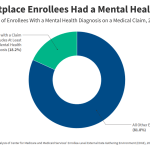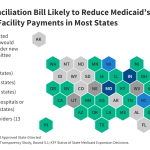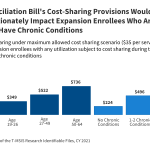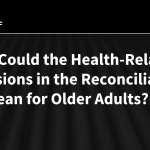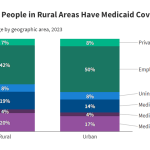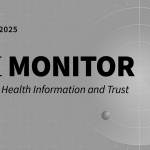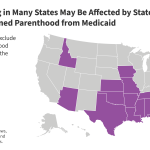
SCOTUS Ruling on Medina v. Planned Parenthood Will Limit Access to Care for Patients in South Carolina and Beyond
The Supreme Court’s ruling in Medina v. Planned Parenthood of the South Atlantic means that Medicaid enrollees in South Carolina, and in other states that exclude Planned Parenthood going forward, will not be able to use their Medicaid coverage to obtain any preventive services, such as contraceptive care, STI treatment and cancer screenings, at Planned…





